The Nine Lives of Pakistan:
– Dispatches from a Divided Nation
The cover shows an iconic image of Pakistan in the backdrop ; the ubiquitous truck trundling along the rugged mountainous landscape. They actually call it ‘truck art’. 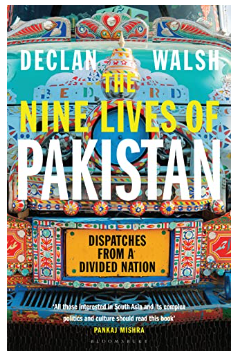

The byline says “Dispatches from a Divided Nation” . It could well have been fragmented nation or a fissiparous nation that is so full of contradictions and so unstable; makes one wonder if it is really “Inshallah” that it is still existing as a nation.
Having broken off from Bharat in 1947, the nation was further cut to size in 1971. Both the birth of Original pakistan and the birth of Bangladesh had been violent and bloody. Right from the time of inception, its borders were fluid and ambiguous on all side except may be the Arabian Sea in the South.
Though the founder or The father of the Nation Mohammad Ali Jinnah favoured democracy rather than theocracy, the raison d’etre for a separate nation for muslims made no sense to establish a secular democracy. That probably is an inherent contradiction that has been the albatross around the neck that Pakistan has not been able to shed off.
The destiny of the country is controlled by the Army, Allah and America. It is this factor that kept in Zia in power though he was regressive and dictatorial. He was against freedom of press, emancipation of women and free multiparty elections; all that are considered cornerstones of a modern state.
Invasion of Afghanistan by the Russians saw a confluence of interests of Army, Allah and America . When the crisis was over in 1988, Americans were no more interested in propping up a martial law administrator and the soldiers of allah actually became the chief enemies of USA .
It is against this backdrop that the author, Declan Walsh analyses the happenings in Pakistan. He was in Pakistan from 2004 to 2013. His exit from the country came abruptly when he expelled from the country by the omnipresent, omnipotent , omniscient ISI . He didn’t even know what hit him and why .
Despite the 1971 debacle and the frequent interruptions to democracy by martial law , there was some order and some method in madness.The author singles out one incident that marked the beginning of the nation coming apart. It was the attack on Red Mosque (Lal masjid), Lahore by the army. Operation ‘Sun Rise’ ended with the killing of Abdul Rashid Ghazi. It also signalled the long drawn out war by the islamic terror outfits against the State of Pakistan.
The chapters are organized by important events and each event is described through the main player in that event. The Sieze of Lal Masjid is portrayed through the life of Abdul Rashid Ghazi.
The second chapter is on Jinnah highlighting his inability to lay down a clear way ahead for the nascent democracy .
The third Chapter is about Anwar Kamal Khan; a pashtun politician from PML. He is forced to take on the Taliban who were becoming too powerful in his native province. The chapter starts with establishment of the Durand Line that cuts through the Pashtun tribal areas and further south through the Balochistan region, politically dividing ethnic Pashtuns, as well as the Baloch and other ethnic groups, who live on both sides of the border. It demarcates Khyber Pakhtunkhwa, Balochistan and Gilgit-Baltistan From a geopolitical and geostrategic perspective, it has been described as one of the most dangerous borders in the world . Talibans have shaken up the Pashtun society and pashtunwali to its core.
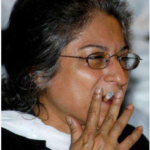 The fourth Chapter is on Asma Jahangir, the redoubtable social activist. She showed courage to taken the mighty army and the ISI. A chain smoking, anti-army woman is hardly an image one associates with an Islamic nation like Pakistan.
The fourth Chapter is on Asma Jahangir, the redoubtable social activist. She showed courage to taken the mighty army and the ISI. A chain smoking, anti-army woman is hardly an image one associates with an Islamic nation like Pakistan.
The Chapter ‘Good Muslim ‘ is about Salman Taseer, a millionaire and a secular muslim throws up the eternal question “who is a good muslim ?”. It is a question that always bothers the community. Salman Taseer (known to indians as a one time partner of Indian journalist Tavleen Singh ) is among the rare breed called ‘secular muslim’ . He spoke for Asia bibi , a victim of the notorious blasphemy law; and he was shot down by his own security guard. the law punished the murderer, but the public hailed the culprit as a true muslim who shot an apostate as per the law of islam. Now who is the true muslim?
No book on Pakistan is complete without Waziristan; and it is best described through the life of ‘ Col Imam ‘ as he was known. Col Tariq Khan was a popular jihadi in the 80s who , due to quirks of fate , himself was kidnapped and killed by the terrorists years later.
The chapter on Karachi reminds one of Bombay mafia wars. Then there is the chapter on Balochistan , the one which ultimately proved to be the undoing of the author. Pakistanis are too sensitive to the insurgency in Balochistan and wouldn’t want any journalists meddling with the issue.
The last chapter is on Jinnah’s property in Mumbai. The author is clearly emotionally attached to Pakistan , with all warts and all. There is an obvious bias against BJP and RSS . Like most western media and indians thinking in english, some how hinduism is considered non-secular, whatever be the reason. Even jihadi violence is attributed to Hinduism . The author whines at length about a BJP man (called a hindu supremacist) standing in the way of JInnah’s house in Mumbai being handed over to Pakistan ! Meanwhile Jinnah’s house was burnt and razed to dust by Balochi militants at Quetta.

Quaid E Azam Residency has been restored. Can the Economy and Political structure of the nation be restored ever ?

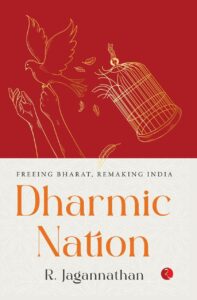
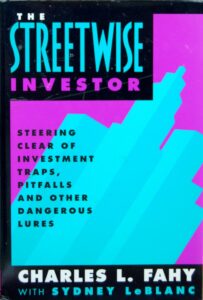 I came across this book in the Army War College Library about 20 years back when I was not much into investing. Later I tried looking for it , but could never trace it; and on Amazon, it cost over Rs 2700/-, a book of about 200 pages.
I came across this book in the Army War College Library about 20 years back when I was not much into investing. Later I tried looking for it , but could never trace it; and on Amazon, it cost over Rs 2700/-, a book of about 200 pages.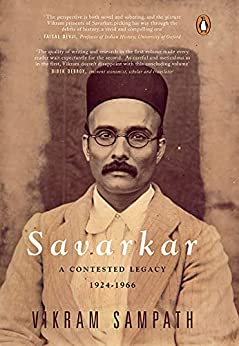
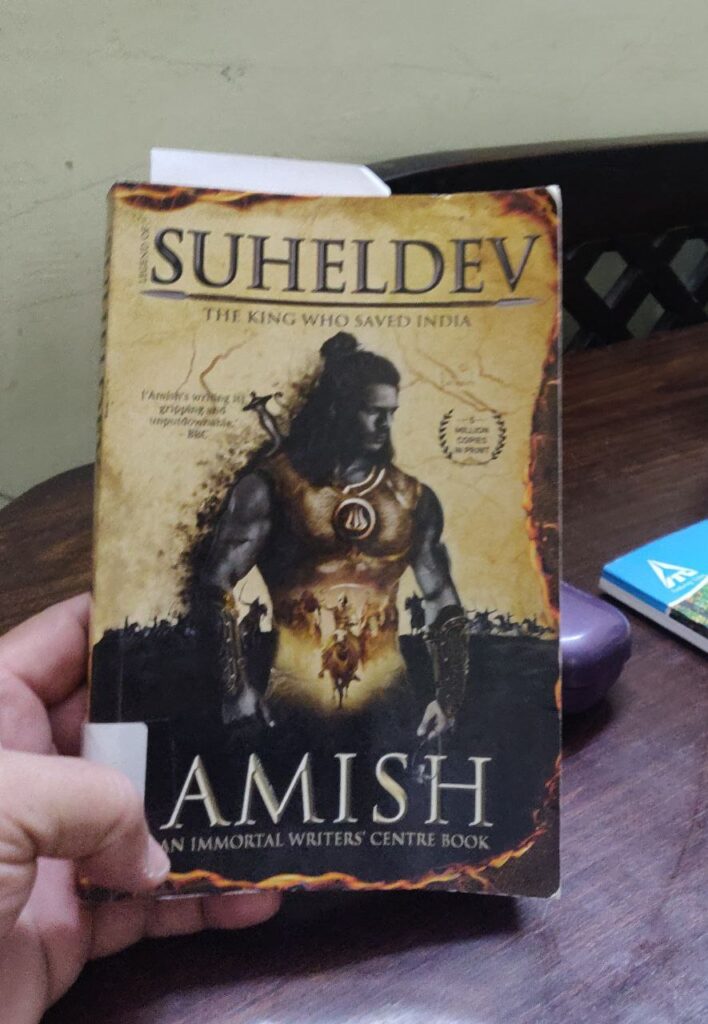
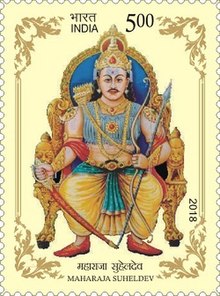
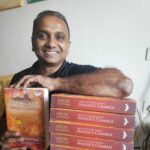
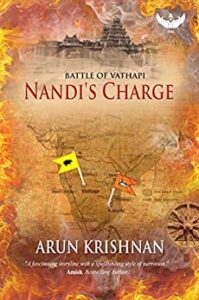 Coming to the the book ‘Nandi’s charge’ the plot is fairly simple. Three tasks are assigned to three soldiers for a common purpose of weakening the enemy before the campaign.
Coming to the the book ‘Nandi’s charge’ the plot is fairly simple. Three tasks are assigned to three soldiers for a common purpose of weakening the enemy before the campaign.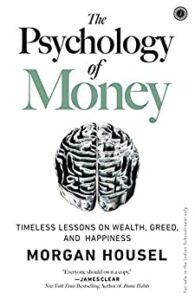 The Psychology of Money by Morgan Housel
The Psychology of Money by Morgan Housel 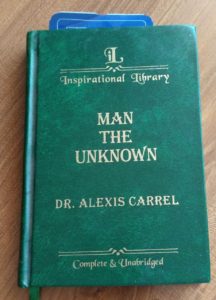 Alexis Carrel 28 June 1873 – 5 November 1944) was a French surgeon and biologist who was awarded the Nobel Prize in Physiology or Medicine in 1912 for pioneering vascular suturing techniques. He invented the first perfusion pump with Charles A. Lindbergh opening the way to organ transplantation.
Alexis Carrel 28 June 1873 – 5 November 1944) was a French surgeon and biologist who was awarded the Nobel Prize in Physiology or Medicine in 1912 for pioneering vascular suturing techniques. He invented the first perfusion pump with Charles A. Lindbergh opening the way to organ transplantation. 



 The internet, to a great extent, has thrown open all resources to the world , to acquire knowledge. The days of intellectual tyranny are over. Anybody with time and inclination to learn, can learn just about anything, with no conditions attached. One is not disadvantaged by lack of money or lack of a teacher. One just needs to find time and anyone can emulate Eklavya, probably the first student in a virtual classroom; the net itself will act as the formless virtual guru.
The internet, to a great extent, has thrown open all resources to the world , to acquire knowledge. The days of intellectual tyranny are over. Anybody with time and inclination to learn, can learn just about anything, with no conditions attached. One is not disadvantaged by lack of money or lack of a teacher. One just needs to find time and anyone can emulate Eklavya, probably the first student in a virtual classroom; the net itself will act as the formless virtual guru.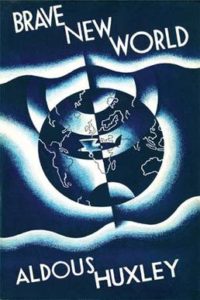
 Brave New World was written between the world wars when World War – I was still referred to as the Great War. The communist challenge or the Eastern Bloc was still far from a political reality. The free world was expected to march on powered by Science, Industrial Revolution and Capitalist Economy. The old order was changing; Mustafa Kemal Atatürk had successfully abolished the caliphate and sultanate establishing the modern, secular Republic of Turkey . The character Mustafa Mond , the World Controller in the novel, probably takes inspiration from the Turkish statesman.
Brave New World was written between the world wars when World War – I was still referred to as the Great War. The communist challenge or the Eastern Bloc was still far from a political reality. The free world was expected to march on powered by Science, Industrial Revolution and Capitalist Economy. The old order was changing; Mustafa Kemal Atatürk had successfully abolished the caliphate and sultanate establishing the modern, secular Republic of Turkey . The character Mustafa Mond , the World Controller in the novel, probably takes inspiration from the Turkish statesman.
